Derelict rural farmhouse dismantled and rebuilt 22 miles away as part of £11m scheme
Archaeologists from Beamish living museum collected 1,170 tonnes of stone and timber from Spain’s Field Farm before piecing it back together on their grounds.
The abandoned property, which previously sat in the North Pennines, near Durham, was donated to the museum by the Jopling family, who had lived in it until the 1950s.
Advertisement
Hide AdAdvertisement
Hide AdThe first recording of the farm, which was passed down through their generations, was in 1382, while the earliest stonework dated back to the 1700s.
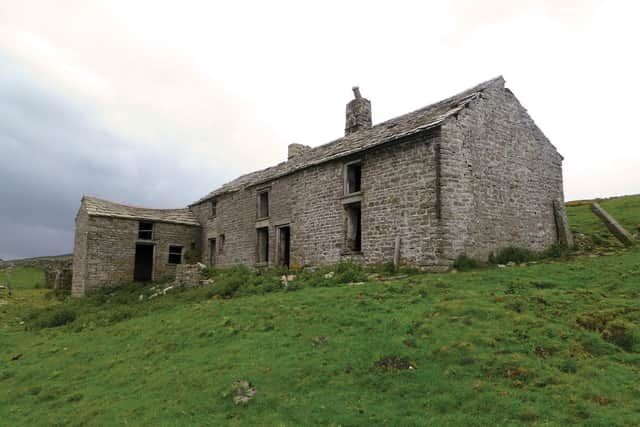

Mary Forster, who lived at the farm for twenty years until she left in the 1940s to get married, laid the first stone at the museum, before she passed away aged 101 in 2020.
Her daughter, Yvonne Forster, who was present when new attraction opened to the public on Saturday (March 19), said her mum was “absolutely thrilled” to be part of it.
She said: “It’s a privilege to have the house rebuilt, it’s a wonderful thought that Spain’s Field is going to live on.
Advertisement
Hide AdAdvertisement
Hide Ad“My mum was absolutely thrilled. I realise how unique it is to have this happen, it’s very special.
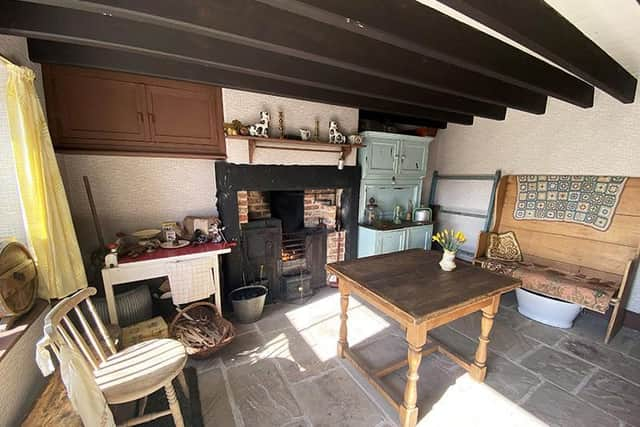

“Spain’s Field now opens the door to generations of many more people who will have the opportunity to appreciate how these hardy and resilient people lived and worked in Weardale in the past.
“I have had the unique privilege of being part of this project, witness to the dedication of the team who have restored our much-loved old family home for posterity.”
The newly re-built house at Beamish museum, in Stanley, County Durham, showcases its last inhabited period, with furnishing from the 1950s.
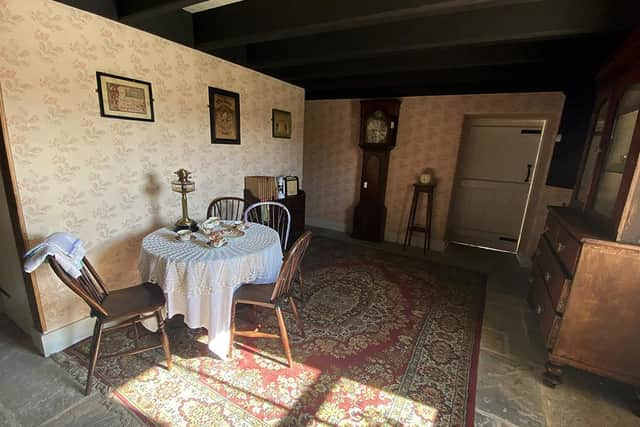

Advertisement
Hide AdAdvertisement
Hide AdAt this time, the property had no electricity or running water, and the family was almost self-sufficient, growing their own food and making butter, bread, cheese and jams.
But when new agricultural legislation came into force following the Second World War, the property was then abandoned by the Jopling family.
Rhiannon Hiles, Beamish’s Chief Executive, said the project was a way of bringing the stories of the past back to life.
She said: “Bringing the story of this farm and its location in the Durham Dales to the museum has been such a wonderful experience and a real labour of love.
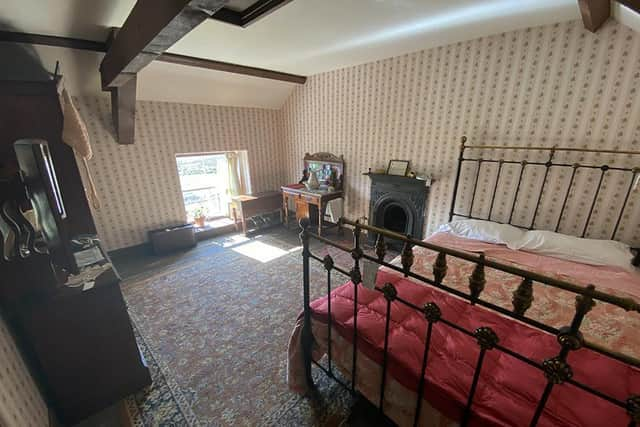

Advertisement
Hide AdAdvertisement
Hide Ad“We carefully recorded the farm as it stood on its original site before taking it stone by stone and rebuilding the beautiful farm house and outbuildings in their new setting looking down across the Beamish valley.
“The stories that we are able to tell here have been shaped by the people who lived, worked and farmed at Spain’s Field and the surrounding area.
David Renwick, Director of North at The National Lottery Heritage Fund in England, which gave a £10.9m grant towards the project, said it had brought people together.
He said: “We’re excited to see another element of the Remaking Beamish project come to life thanks to National Lottery players.
Advertisement
Hide AdAdvertisement
Hide Ad“The painstaking process of moving 1,170 tonnes of stone and timber to recreate Spain’s Field Farm has paid off.
“This new attraction gives visitors a chance to explore the important rural heritage of Weardale and understand what life would have looked like on an upland farm in the 50s.
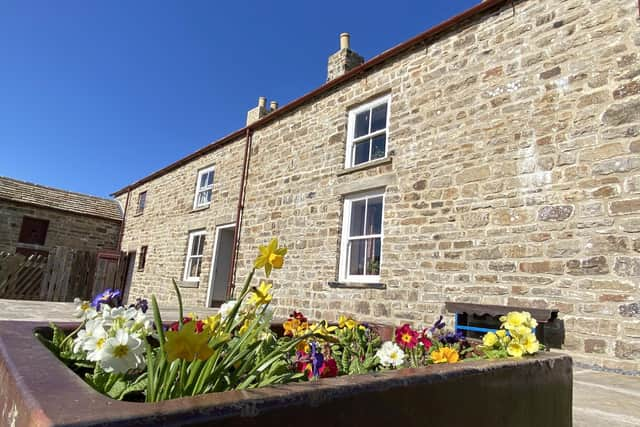

“We know that sharing and showcasing heritage can play a huge part in bringing people together, and the opening of Spain’s Field Farm and its work with the community to unlock those stories, is a fantastic example of that.”
Comment Guidelines
National World encourages reader discussion on our stories. User feedback, insights and back-and-forth exchanges add a rich layer of context to reporting. Please review our Community Guidelines before commenting.
